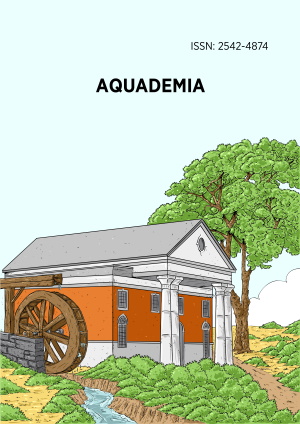Abstract
This paper explored the ways learners respond to and express themselves while interacting with cultural artifacts or cultural realia, for instance, beads, that can be used to mediate the learning of physical science concepts. The study mandates that a culturally responsive pedagogy be used to teach indigenous learners to assist them in learning science concepts. Hence, the choice of beads, cultural artifacts found in learners’ lived world as realia, creates an enabling context accessible to teachers and learners. Many learners from Namibian in under-resourced schools seem to find science concepts as abstract and difficult to learn. We assume this could be because science is decontextualized and not relevant to learners’ everyday lives. It is against this background that this study explored the use of beads as models of representations to mediate learning of Bohr structure in a grade 8 physical science class. The interpretive paradigm informs it. Data was collected from 30 junior secondary school learners in grade 8 class at Ndambu-Kanyanga Combined School using brainstorming and reflections. The socio-cultural theory was used as a theoretical framework. The findings of this study revealed that models and representations enable learners to focus on different particles of the Bohr structure. The study thus recommends that teaching strategies in Namibia should encourage accommodation representations when teaching physical science.
License
This is an open access article distributed under the Creative Commons Attribution License which permits unrestricted use, distribution, and reproduction in any medium, provided the original work is properly cited.
Article Type: Research Article
AQUADEMIA, Volume 9, Issue 1, 2025, Article No: ep25001
https://doi.org/10.29333/aquademia/16291
Publication date: 23 Apr 2025
Article Views: 44
Article Downloads: 28
Open Access References How to cite this article
 Full Text (PDF)
Full Text (PDF)